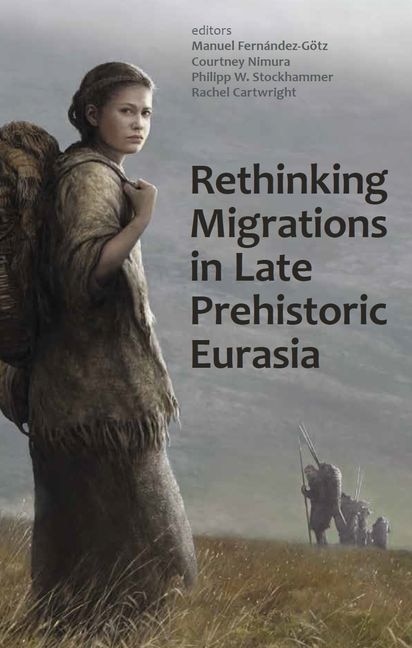Home
Tribe and Polity in Late Prehistoric Europe by D. Blair Gibson, Hardcover | Indigo Chapters
Loading Inventory...
Coles
Tribe and Polity in Late Prehistoric Europe by D. Blair Gibson, Hardcover | Indigo Chapters
From D. Blair Gibson
Current price: $142.95


Coles
Tribe and Polity in Late Prehistoric Europe by D. Blair Gibson, Hardcover | Indigo Chapters
From D. Blair Gibson
Current price: $142.95
Loading Inventory...
Size: 25.4 x 254 x 1540
*Product information may vary - to confirm product availability, pricing, shipping and return information please contact Coles
During HaA-HaB, many settlements were established in Silesia and in the central part of Poland, and their stability seems to be confirmed by the existence of regional groups and subgroups, by long-lasting colonies, and by long-used burial grounds, located at large settlements. At the end of HaB, many pre-Scythian elements occurred in this area, only partly influenced by the Cimmerians . During that period the peoples living north of the Carpathian and Sudeten Mountains remained very dependent on the productive and cultural circle south of the Carpathians, with which they maintained strong connections . The Lusatian settlement zone , apart from its increasing internal stability, also tended to extend its range . A partition of the Lusatian Culture, which had appeared earlier , became more pronounced under the strong influence of the East Hallstatt cultural and productive center in the eastern Alpine region , and the so-called amber route . The eastern zone of the Lusatian Culture remained under the influence of the Carpathian center, while the western zone was strongly influenced by the pre-Celtic (Bylanska or Horakowska) and northern Illyrian (Calon denberian) cultures. In HaD2' ca. 520-500 B. C., this latter area was the site of an armed incursion of Scythian groups coming from the east through the Karpacka Valley. The most characteristic features of the western zone include its own varieties of more general Hallstatt traits , such as fortified settlements (which date from HaA in the Lusatian Culture) , production of iron (done domestically since HaD), and decorated pottery. | Tribe and Polity in Late Prehistoric Europe by D. Blair Gibson, Hardcover | Indigo Chapters













